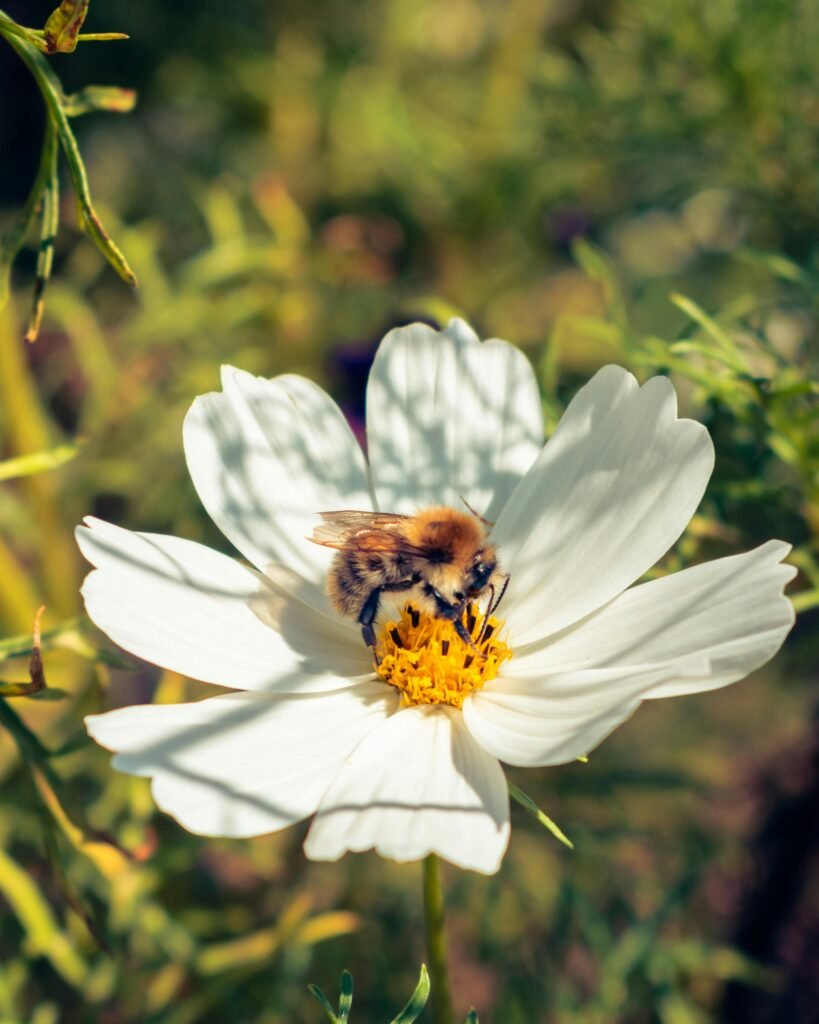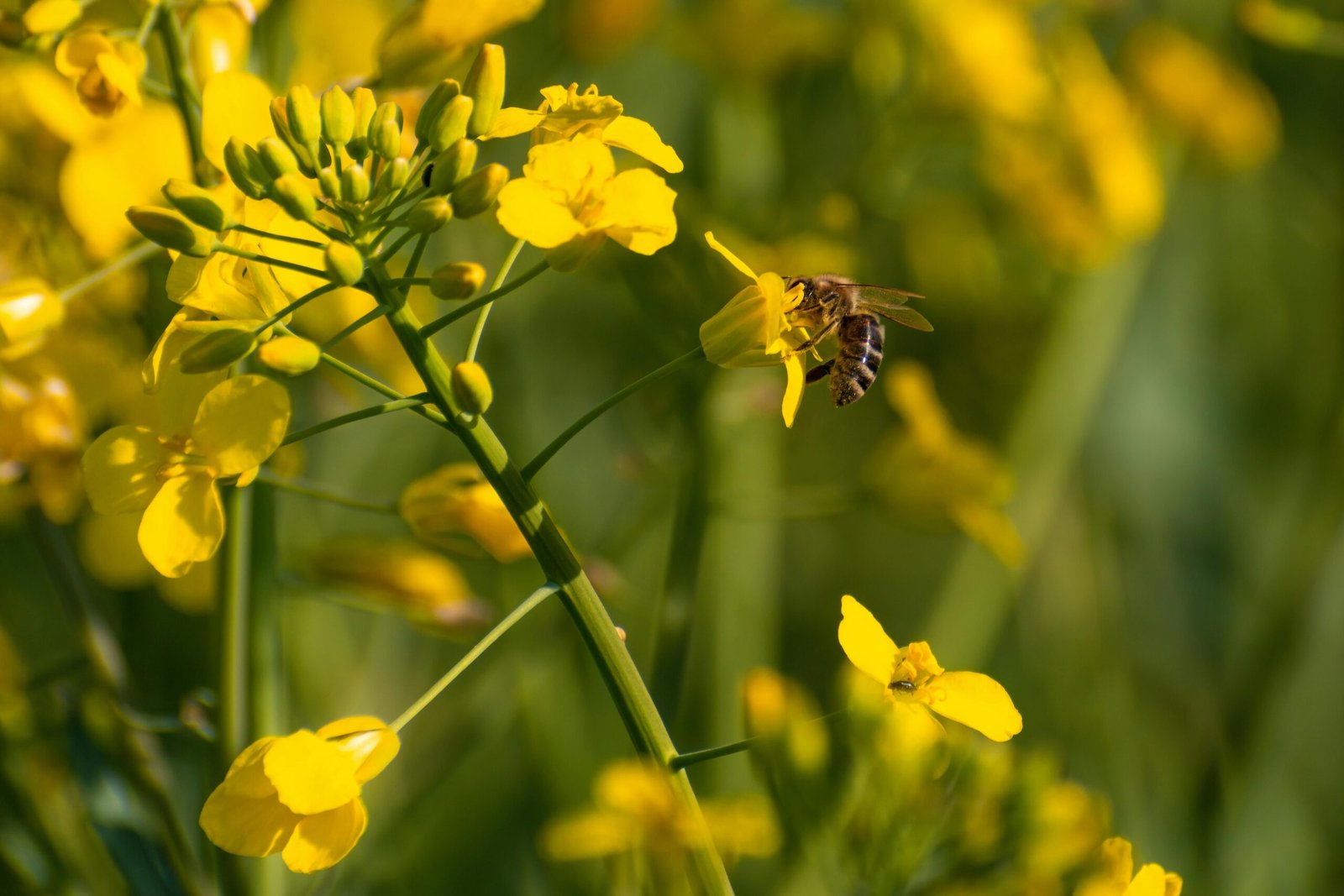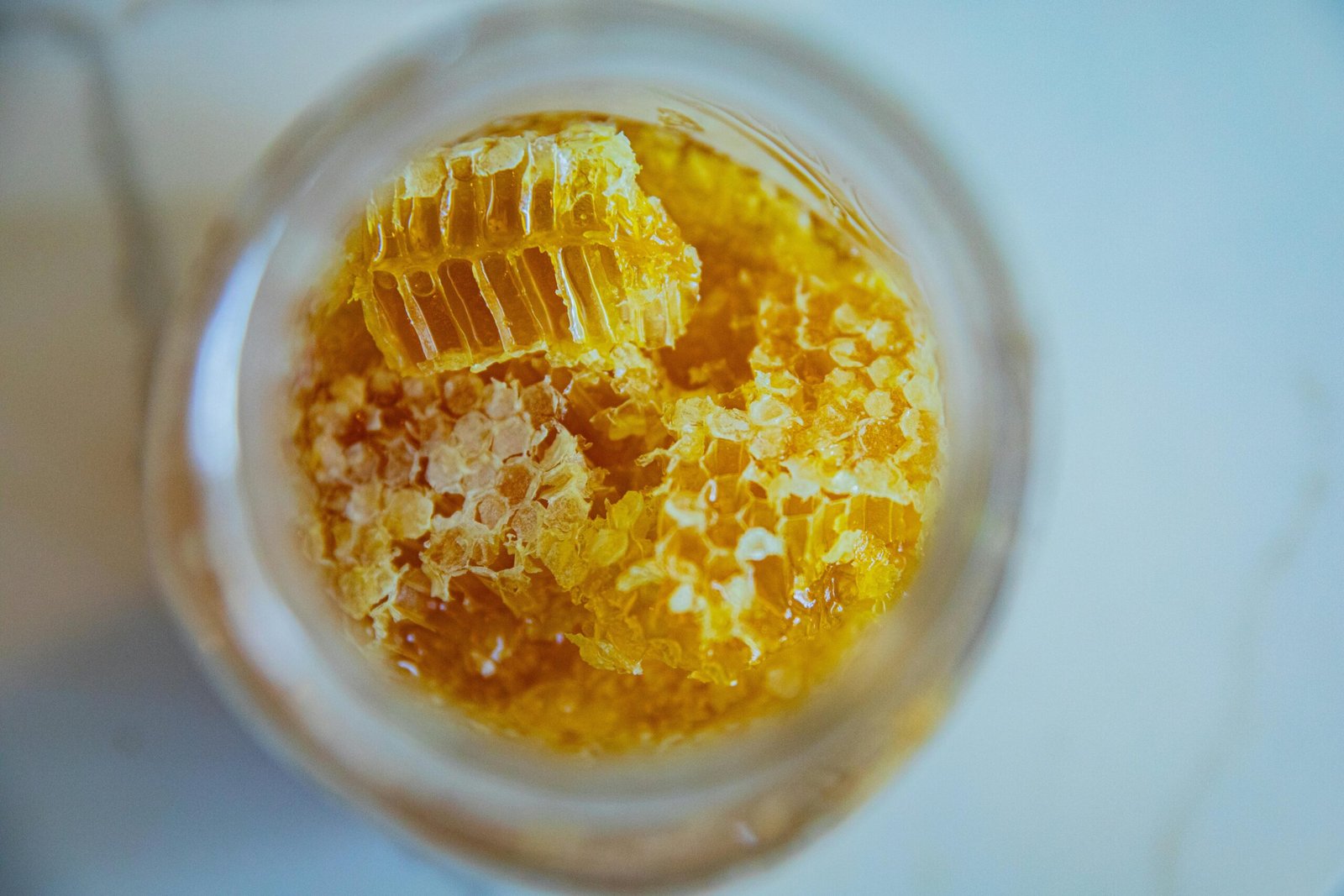Propolis, that is bee propolis, often called “bee glue,” is a resinous substance produced by bees using plant resins, beeswax, and their own enzymatic secretions. Bees collect resin from tree buds, sap flows, and other botanical sources, mixing it with their saliva and wax to create a versatile material used to seal cracks in the hive, sterilize the hive interior, and protect against intruders and infections. Propolis comes in various types, depending on the plant resins available in the bees’ environment. For instance, green propolis, found in Brazil, is derived primarily from Baccharis dracunculifolia plants and is known for its potent antibacterial and anti-inflammatory properties. Red propolis, also common in tropical regions, comes from Dalbergia species and is rich in unique flavonoids and phenolic compounds. Another type, brown propolis, widely collected worldwide, derives from poplar trees and contains a well-balanced mix of antioxidants and bioactive compounds. These variations in color and composition reflect the plant biodiversity of the region and season, giving each type distinct medicinal and therapeutic qualities. Rich in flavonoids, phenolic acids, and essential oils, propolis is highly valued in natural medicine for its antimicrobial, antifungal, and anti-inflammatory effects. Historically, it has been used for wound healing, immune support, and as a natural remedy for various ailments. Today, it is incorporated into tinctures, creams, lozenges, and dietary supplements, showcasing its versatility and enduring importance in both traditional and modern health practices.






